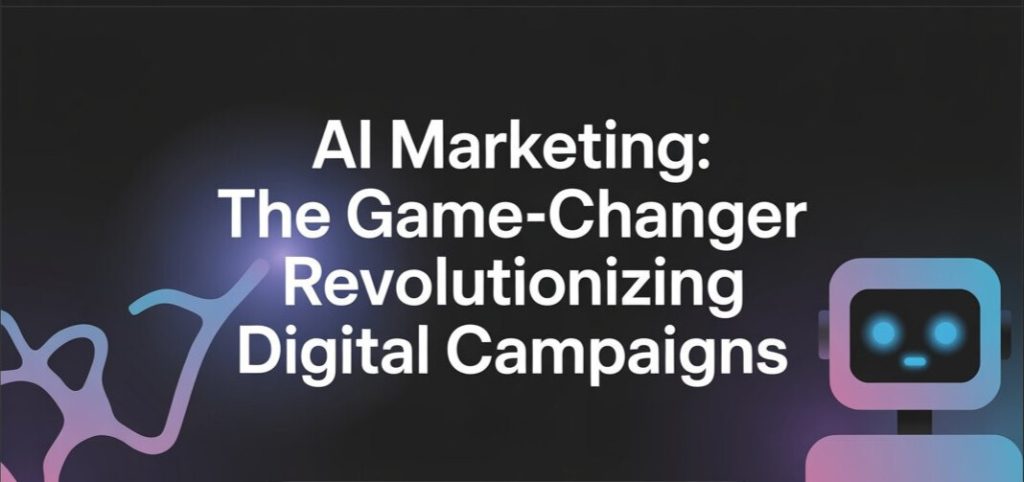
Human-in-the-Loop Systems: Why True AI Autonomy Still Needs Oversight
Human in the Loop (HITL) is essential – not as a limitation, but as a design principle for sustainable, trustworthy AI. Artificial Intelligence has moved far beyond prediction and pattern recognition. Today’s systems – particularly Agentic and Generative AI – can plan, execute, and adapt with little human input. They simulate reasoning, manage workflows, and generate content that feels authentic.
But despite these leaps, one truth remains constant: AI still needs human oversight.
Even as algorithms grow more autonomous, they lack the ethical, emotional, and contextual grounding that makes intelligence meaningful.
The Reality Behind “Autonomous” AI
Modern AI systems are built on Large Language Models (LLMs) and multi-modal architectures – frameworks trained on massive datasets that enable them to process text, images, code, and more. These systems, however, remain reactive.
They operate by predicting the next most probable token or outcome based on historical data. Agentic AI extends this by chaining reasoning steps together and interacting with tools, APIs, or external environments.
For example:
-
A Generative AI model can write a report.
-
An Agentic AI system can generate, review, analyze, and email that report to your team – all without direct human involvement.
The result is a machine that appears self-sufficient. But autonomy in AI isn’t true independence – it’s structured automation with sophisticated decision layers.
And every layer still reflects human choices: in data, in design, and in definition of success.
What Human in the Loop Actually Means
HITL refers to AI systems that integrate continuous human feedback during training, deployment, or execution. It’s a hybrid approach that combines:
-
Machine efficiency – automation, speed, and scalability.
-
Human judgment – ethics, empathy, and contextual correction.
In practical terms, HITL ensures that models don’t just perform tasks correctly – they perform the right tasks.
During model development, humans help:
-
Label and validate training data.
-
Review outputs for accuracy and bias.
-
Adjust parameters when AI behavior drifts from intended outcomes.
In deployment, HITL becomes a safeguard – humans oversee high-stakes decisions in healthcare, finance, defense, and policy where precision and accountability are non-negotiable.
Why Human Oversight Still Matters
1. Ethical Calibration
AI can optimize for objectives, but it can’t define morality. A model might improve engagement metrics but overlook fairness or inclusivity. Humans provide the ethical context algorithms lack.
2. Contextual Intelligence
AI interprets information statistically, not situationally. It doesn’t understand tone, culture, or consequence. Humans supply domain-specific context – the “why” behind the data.
3. Bias Detection and Correction
All models inherit bias from their training data. Without human feedback loops, those biases remain undetected and can be amplified at scale.
4. Accountability and Traceability
When AI systems act autonomously – especially Agentic models – assigning responsibility becomes difficult. Human checkpoints maintain a clear chain of accountability.
Agentic and Generative AI: Power That Requires Guardrails
Both Agentic AI and Generative AI operate at the frontier of automation.
-
Generative AI focuses on creation – producing text, visuals, or media from input data.
-
Agentic AI focuses on execution – making decisions and performing tasks independently through iterative reasoning.
But when these systems access sensitive environments (like financial APIs, healthcare databases, or customer information), autonomy introduces risk:
-
Data Leakage: Agents with multiple integrations may unintentionally expose confidential data.
-
Cascading Errors: A single incorrect assumption can propagate through automated workflows.
-
Manipulation or Misuse: Without transparent oversight, outputs can be skewed or exploited.
That’s why Human-in-the-Loop frameworks are being embedded even in the most advanced AI pipelines. They create friction where it’s needed between computation and consequence.
The Future: Human-AI Symbiosis
The next decade of AI development won’t be about replacing humans – it will be about refining collaboration.
We’re moving toward Hybrid Intelligence Systems, where human cognition and machine precision coexist.
AI will handle complexity and scale, while humans define direction, nuance, and ethics.
Imagine:
-
An AI that drafts a medical diagnosis and a doctor who validates it.
-
A financial agent that models risk and an analyst who interprets it.
-
A creative AI that writes a campaign and a marketer who ensures it resonates emotionally.
This synergy ensures that technology remains accountable to human values – not just algorithms.
Final Thoughts
AI’s progress has been exponential, but understanding has not. Agentic and generative systems can execute, optimize, and scale, but they can’t empathize or contextualize.
The Human in the Loop isn’t a fallback – it’s the foundation.
It ensures that artificial intelligence remains aligned with human intelligence – ethical, emotional, and aware.
Automation without accountability is efficiency without conscience.
And the future of AI must never lose sight of that balance.




https://shorturl.fm/q1BaH